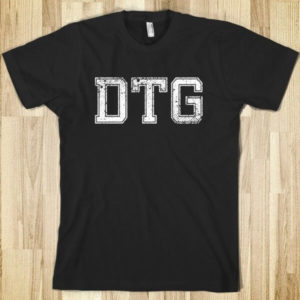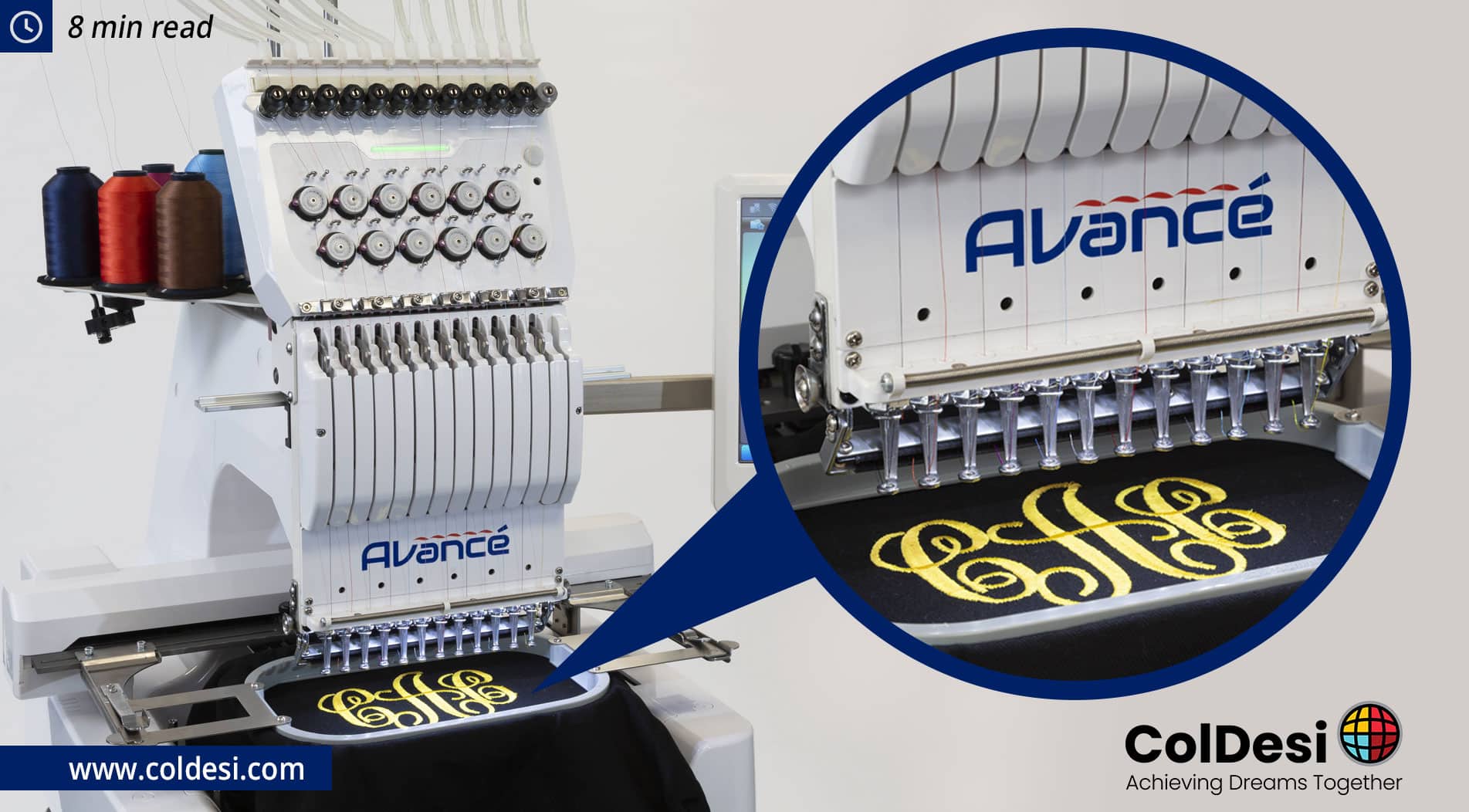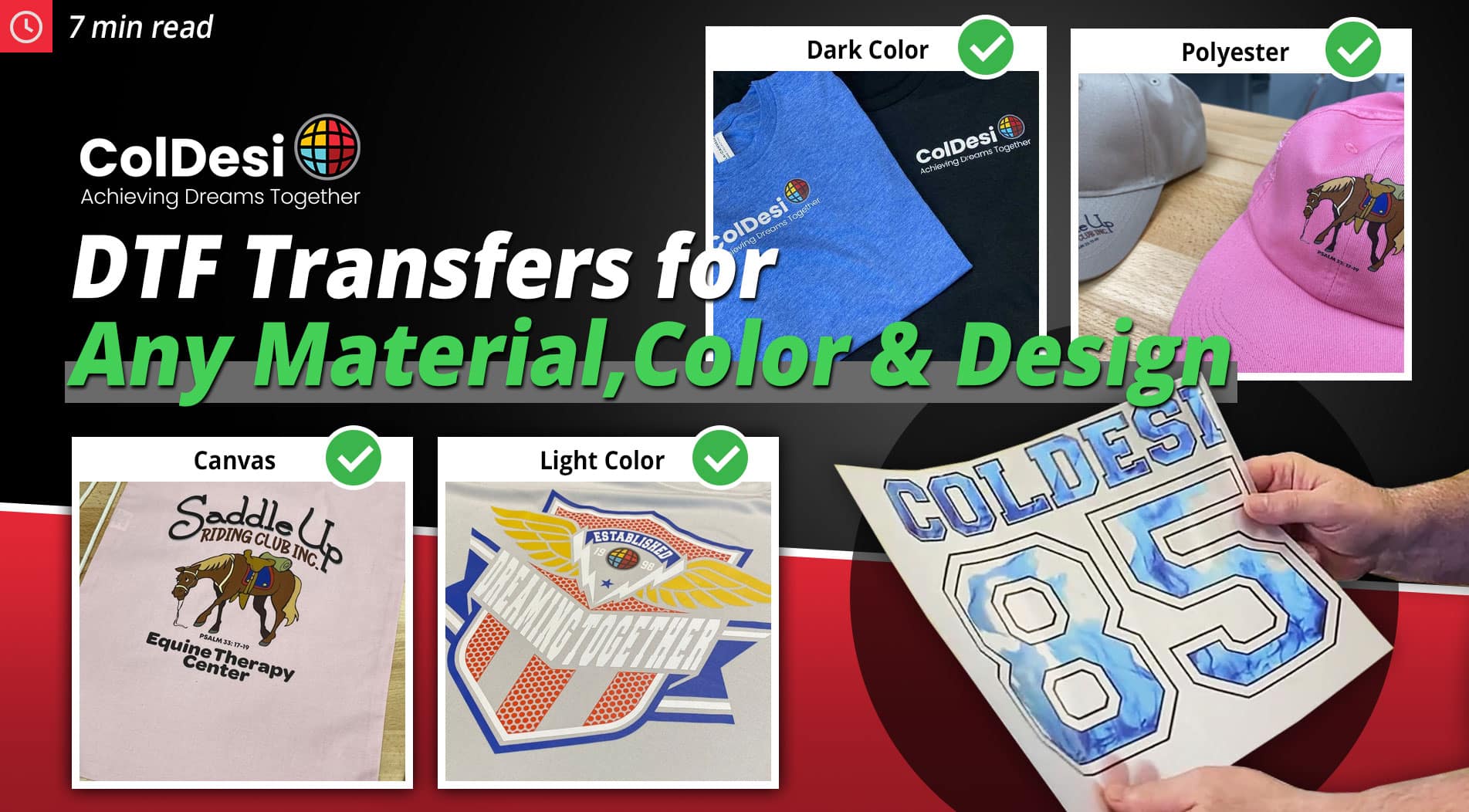For your direct to garment printing business to succeed, you need genuine solutions to real challenges. Here are some T-shirt business tips that work.

Developing a successful direct to garment T-shirt business is not as easy as it sounds. To do it right, you need to get real answers to practical problems. There are several places to get advice, like friends and family, but the best advice is from those who have been there before.
Distressed T-Shirt Look from Skreened.com You should check out this web site to find out more concerning the subject matter; Embellishment. Here are 9 real-world suggestions that actual successful companies used to get off the ground.
These are business tips that WORK:
1. Research the direct to garment industry.
There is a long list of things to do before you even print one T-shirt. At the top of that list is research. Nothing can take the place of a little knowledge of the clothing industry. Before you get started, have an idea of how the game works. Study the situation of some of the most successful direct to garment print shops. Talk with owners through message boards, forums and technical groups. ColDesi offers customers a wide range of DTG equipment, supplies like genuine DTG Inks, training and guidance; many of their staff members are independent garment decorators with years of real-world experience. They have started their own direct-to-garment T-shirt business, and they highly interested in your success.
2. Planning is everything.
There is a long list of things to do before you even print one T-shirt. At the top of that list is research. Nothing can take the place of a little knowledge of the clothing industry. Before you get started, have an idea of how the game works. Study the situation of some of the most successful direct to garment print shops. Talk with owners through message boards, forums and technical groups. ColDesi offers customers a wide range of DTG equipment, supplies like genuine DTG Inks, training and guidance; many of their staff members are independent garment decorators with years of real-world experience. They have started their own direct-to-garment T-shirt business, and they highly interested in your success.
3. Learn from your competition.
Your competition is out there, and if you don’t see them, they will certainly be watching you! Check out the clothing labels with products similar to yours. If you have a product line with funny shirts, you should pay attention to what other funny T-shirt labels are doing. Look at the details, like design variety, promotions and pricing structure. There is no reason why you cannot use them for new ideas for your own direct to garment printing business. The internet makes knowing your opponents easier. Sign up on the sites of your competitor brands, read their blogs and keep tabs on what they are working on. Let this knowledge encourage you to stay one step ahead.
4. Create the direct to garment printed products people really want.
This may be a no-brainer, but you might be surprised how many designers sell things they think people like, but really don’t. You certainly need an outlet for your creativity, but the truth is that you are in business for one reason only, to sell products. It not about having products you want to sell to your customers, but having the products your customers want to buy. This means you have to check your ego at the door. Always test your direct to garment print T-shirt designs for honest opinions of people, preferrably in your target audience. Listen to them, since they are your customers.
5. Understand all the costs.
Knowing the actual costs involved is a direct result of good planning. You just have to know what everything is going to cost you. It is the only way you can price appropriately for your customers. When you start printing, marketing and selling T-shirts, keep track every single penny. If you want to outsource, get several quotes from different printers. Compare these prices for the best deal, without giving up on quality. If you are starting a direct to garment printing business, the basic costs are DTG digital printers, graphic design software, Inkjet printer inks, heat presses and other supplies. These are the obvious costs. Don’t forget details such as material and labor costs for:
- Labeling
- Hang tagging
- Bagging and other finishing options
- Shipping envelopes, boxes, and storage
- Regular cleaning and maintenance of equipment
The customized T-shirt printing industry is unquestionably a growing market. Although it seems easy, starting a direct to garment T-shirt business is not cheap. A list of expenses will help you control costs, and quickly achieve profitability.
6. Don’t forget marketing and promotions.
Designing and printing T-shirts are one thing but are certainly not the only things. Decide early on the direction you want your brand to go, and how to spread the word to your target market. Some of the best low-cost marketing strategies for startups:
- Pay-per-click PPC ads
- Press releases to blogs and trade publications
- Social networking
- Promotional giveaways, such as T-shirts with your logo
Guerrilla marketing, social networking and promotional items can have a strong initial impact on the success of your direct to garment printing business, but don’t focus too hard on just freebies. You will soon realize you will need to spend money in marketing your T-shirt business. There is no sin in paying for things like online ads, sponsorships, and other paid marketing techniques. Money will be limited, so you will need a good strategy. Find a few smart ways to combine paid with free promotion.
7. Set goals.

Do you have a sales goal? How many units do you want to sell in your first week, month, six months or a year? Startups often have no idea, or simply don’t care; thinking will just move as many T-shirts as they can, as quickly as possible. Another group of people worries about setting goals, usually out of fear that they will miss the goals they set. Every successful business will have goals and projections. This is to give them a solid idea where they are going. You can’t fear a realistic goal, since knowing a goal is the first step in reaching it. When you decide to sell a set number of units—say 20—T-shirts every week, and believe in your business well enough, you will respond to the challenge. Goals will keep you think of new and creative ways to move product. Without them, you may be stuck with a box of printed T-shirts you are simply unwilling to sell.
8. Don’t be easily discouraged.
Don’t think that slow sales your first week is a sign of failure. Running any business, especially a direct to garment printing, is a journey, not a destination. There is a learning curve, and your startup is only on one side. It is an old saying, but true: “Winners never quit and quitters never win.” Keep studying good business practices, stay informed about new trends and techniques. Regularly go to competitor websites and read blogs, always reminding yourself of where you want to be in one, two or three years. Business is a matter of constant change and improvement, of your business plan, marketing and promotional efforts and branding. Keep a competitive advantage by measuring yourself against others in the industry. Stay positive, and success will come.
9. Enjoy yourself.
On top of everything, you got to have fun! This is true for not only direct to garment printing, but for any business. Doing it just for the money is a sure sign of failure. You have to have passion, something that makes all the hard work worthwhile. Do what you love, and love what you do and your enthusiasm and energy will show in your brand. When you make work fun, you will see it in three ways: productivity, innovation and profitability. ColDesi has all the equipment, supplies and support to make your new direct to garment printing business a success. For more information, contact ColDesi.com or call 877-793-3278. If you have some tips to help a new T-shirt entrepreneur, we would like to know! Add your suggestions to the conversation in the comments below.




